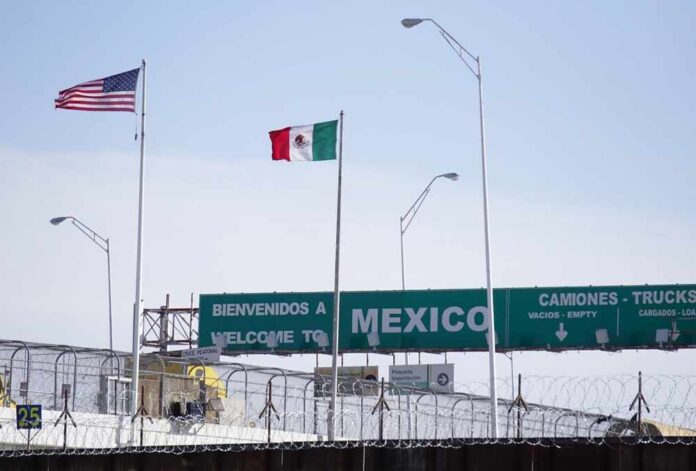
The U.S. government’s substantial financial investment in Mexico, totaling over $3 billion since 2008, intended to combat drug trafficking and transnational crime, is facing scrutiny as a new report reveals the limited progress made in the past 16 years.
A comprehensive report from the U.S. Government Accountability Office (GAO) concludes that the U.S. government has not been able to substantiate the effectiveness of its spending in Mexico. The primary aim of this funding was to address transnational organized crime, reduce drug trafficking to the United States, enhance the rule of law in Mexico, and decrease violence.
Mexico’s security situation has declined since 2008 despite over $3 billion in U.S. assistance to fight threats such as organized crime & #DrugTrafficking.
Our new report explores how @StateDept and @USAID could better assess results of U.S. assistance: https://t.co/8macRVXjLF pic.twitter.com/H0Bg0sMoct
— U.S. GAO (@USGAO) September 12, 2023
These objectives have guided U.S. assistance under two significant bilateral cooperative agreements: the Mérida Initiative, in place from 2008 to 2021, and the subsequent Bicentennial Framework for Security, Public Health, and Safe Communities, which succeeded it.
Under the Bicentennial Framework, the United States and Mexico entered agreements that outline respective roles in managing cross-border crime, migrant smuggling, and curbing the flow of firearms from the United States into Mexico.
A striking statistic from 2021 reveals that approximately 70% of firearms seized in Mexico between 2014 and 2018, and subsequently submitted for tracing, had their origins in the United States. The homicide rate in Mexico tripled from 2007 to 2021, reaching one of the highest national homicide rates globally, according to data from the United Nations.
Simultaneously, Mexico continues to grapple with alarmingly low prosecution rates for all crimes, as noted in the 2022 State Department Human Rights Report on Mexico.
The GAO’s report also delves into the efforts of two key U.S. agencies involved in this endeavor: the U.S. Department of State’s Bureau of International Narcotics and Law Enforcement Affairs (State/INL) and the U.S. Agency for International Development (USAID).
State/INL has concentrated its programs on providing training and assistance to various Mexican officials, encompassing the justice sector, border security, military, and law enforcement. These efforts also extend to equipping forensic laboratories, enhancing drug detection capabilities, and bolstering border surveillance.
USAID’s initiatives, on the other hand, have revolved around engagement with Mexican government institutions, civil society organizations, and the private sector. Their focus has been on promoting the rule of law, building trust in government, crime and violence prevention, and advancing human rights.
The report highlights that we must do more to evaluate how well U.S. help in Mexico is working. To show that we’re making progress toward the Framework’s goals, it’s crucial to have clear signs of performance and plans for checking and assessing progress and setbacks.
Without these crucial elements, the U.S. government cannot unequivocally showcase the realization of its objectives in Mexico or the need for the extravagant use of taxpayer money for the past 16 years.
































